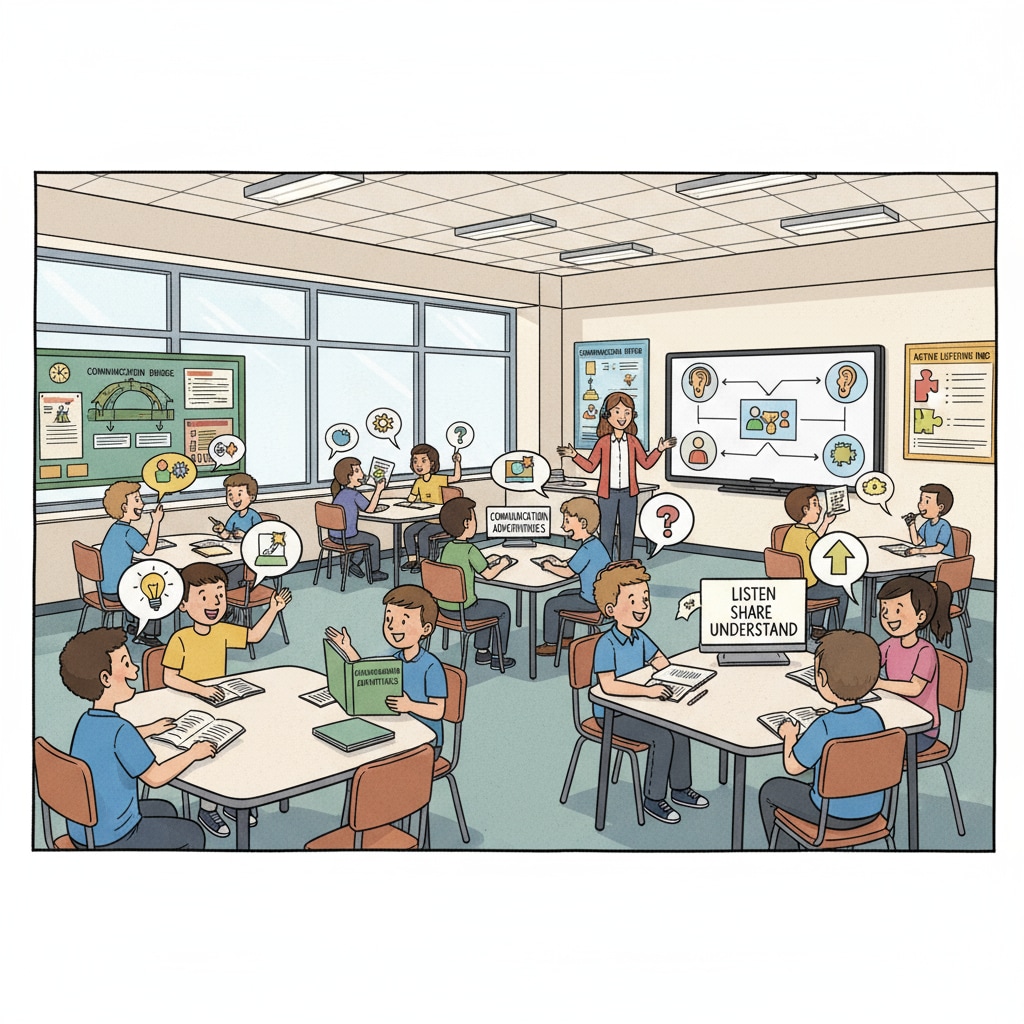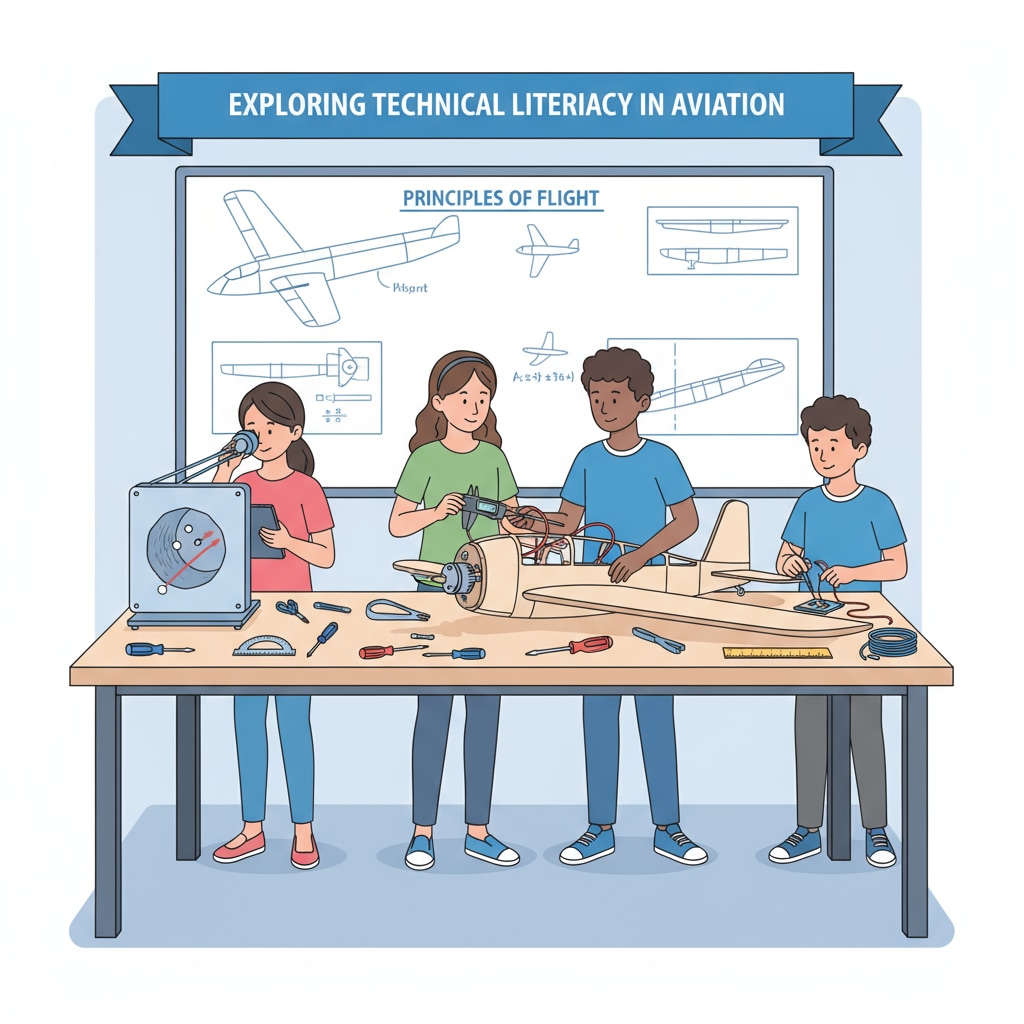Pilot skills, communication ability, decision-making ability, and situation awareness are crucial aspects that determine a pilot’s success. The journey of becoming a proficient pilot starts long before entering flight training academies, and K12 education plays a vital role in this process.

In this article, we will delve into how K12 education can effectively cultivate these essential skills for future pilots.
The Foundation of Communication Skills
Effective communication is the cornerstone of a pilot’s job. In K12 education, various activities can be designed to enhance students’ communication abilities. For example, group projects require students to express their ideas clearly, listen actively, and collaborate effectively. Debating clubs also provide a platform for students to articulate their thoughts and defend their viewpoints. According to Education.com, these activities not only improve verbal communication but also develop non-verbal communication skills, which are equally important for pilots when communicating with ground control and crew members.

Cultivating Decision-Making Abilities
Decision-making is another critical skill for pilots. K12 educators can introduce problem-solving scenarios in the classroom to train students to make quick and accurate decisions. Math and science courses often involve complex problem-solving tasks that require students to analyze situations, weigh options, and choose the best solutions. Additionally, sports and extracurricular activities can also contribute to decision-making development. For instance, team sports like basketball or soccer demand players to make split-second decisions on the field. As stated by Psychology Today, these experiences help students build the confidence and logical thinking needed for decision-making in high-pressure situations, similar to those faced by pilots.
Furthermore, educators can organize simulations or case studies related to aviation to give students a taste of real-world decision-making in the cockpit. This hands-on approach allows students to understand the importance of making informed decisions under time constraints and with limited information.
Developing Technical Literacy
In the modern aviation industry, technical literacy is indispensable. K12 education should focus on teaching fundamental STEM (Science, Technology, Engineering, and Mathematics) concepts. Science classes can introduce students to the principles of physics, such as aerodynamics, which are essential for understanding how airplanes fly. Technology courses can familiarize students with software and tools used in aviation, like flight simulators. Engineering projects can encourage students to apply their knowledge to design and build models related to aviation. And mathematics provides the numerical skills required for navigation, fuel calculations, and flight planning.
By exposing students to these STEM subjects early on, K12 education helps them build a strong foundation in technical literacy. This knowledge will be further developed and refined during their future pilot training.

Moreover, schools can also organize field trips to airports, aviation museums, or aerospace companies to give students a firsthand look at the technology and equipment used in the industry.
Fostering Situation Awareness
Situation awareness is the ability to perceive, understand, and predict the situation in the surrounding environment. In K12 education, educators can use various methods to cultivate this skill. Geography and history classes can help students develop an understanding of different regions and cultures, which is beneficial for international flights. Additionally, activities like map reading and orienteering can improve students’ spatial awareness and their ability to interpret visual information, both of which are crucial for pilots to maintain situation awareness during flights.
Games and puzzles can also be effective tools for enhancing situation awareness. For example, strategy games require players to analyze the game situation, anticipate opponents’ moves, and make appropriate decisions. These skills translate directly into the cockpit, where pilots need to be constantly aware of changing weather conditions, air traffic, and aircraft systems. By nurturing situation awareness from an early age, K12 education equips students with an important skill for a successful pilot career.
In conclusion, K12 education has a significant role to play in cultivating the core skills of communication, decision-making, technical literacy, situation awareness, and adaptability for future pilots. By incorporating targeted activities and courses into the curriculum, educators can lay a solid foundation for students who aspire to take to the skies. Pilot skills, communication ability, decision-making ability, and situation awareness are not only essential for the aviation industry but also valuable assets that will benefit students in their overall personal and professional development.
Readability guidance: The article uses short paragraphs and lists to summarize key points. Each H2 section provides relevant examples and explanations. The proportion of passive voice and long sentences is controlled, and transition words are used throughout the text to enhance readability.


